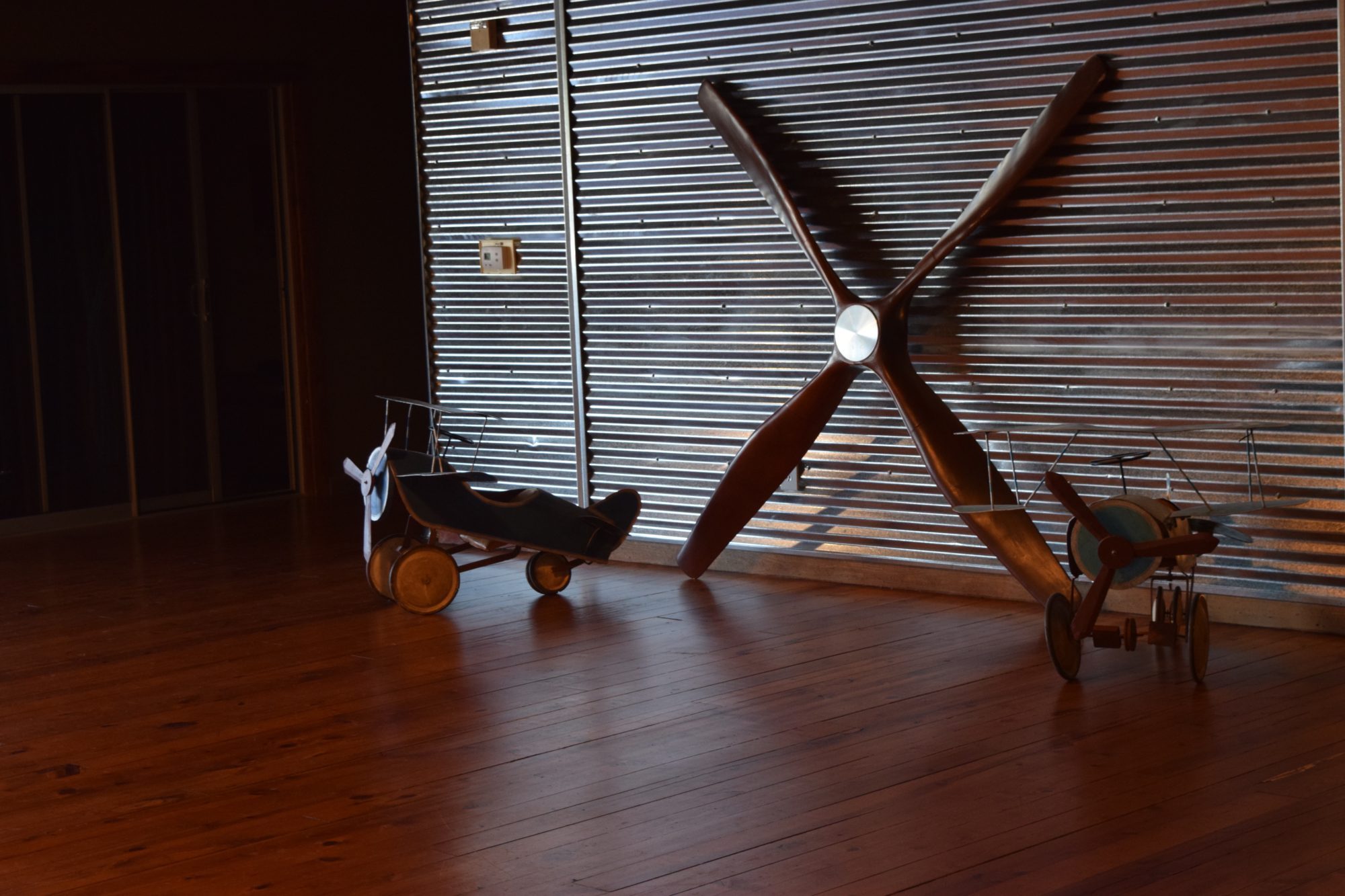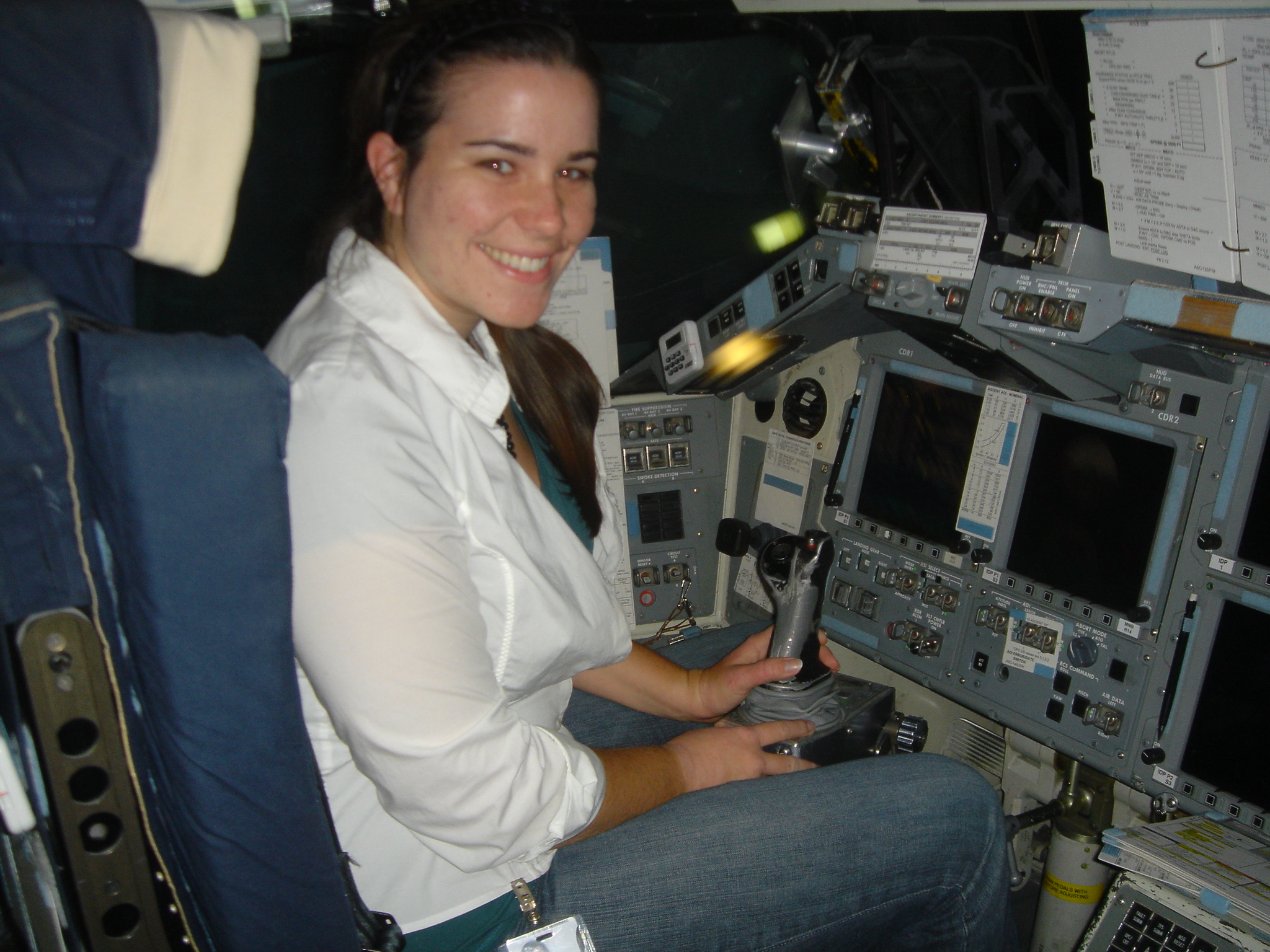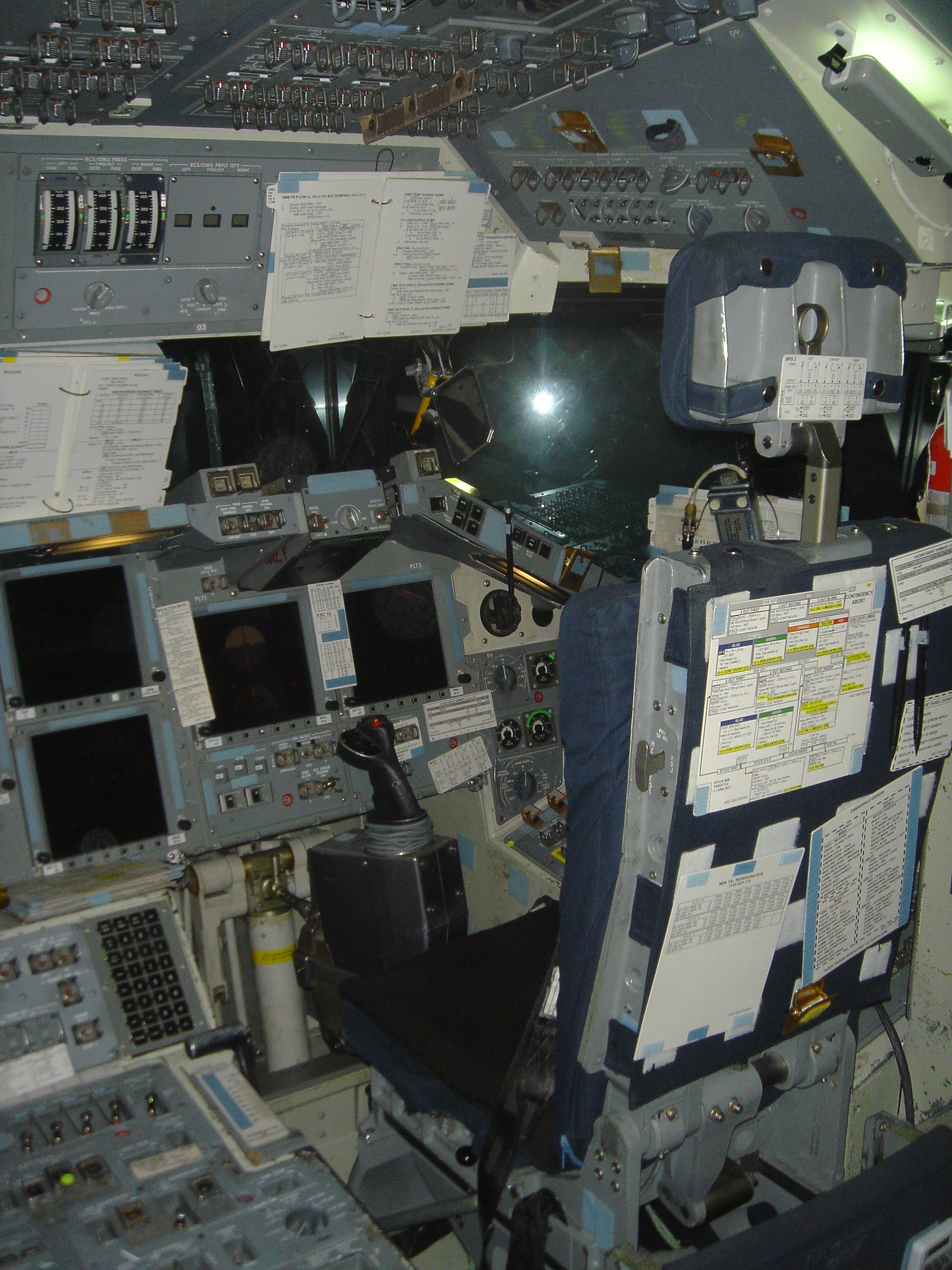Do you have a cool airplane pic(s) with a story behind it/them? We think it’s safe to assume that everyone who comes to this site just flat likes airplanes, so we thought we’d put together a community board where those with the inclination can post stories and pictures that others may find interesting.
You can send your story and pictures, or an initial inquiry, to [email protected]. And if we have any questions about what you may send we’ll get back to you. (Legal disclaimer: do not send us any photos, or background info, that you don’t have the rights to; please include a brief statement in your email to us to the effect that you have the rights to the materials and are giving us permission to post these on wrg-aviation.com)
Vought Corsair F4U and Vought XF8U-3 Crusader III (submitted by Mark Ryan)
Years ago we did some re-naming and brand work for the credit union that served the old Vought Aircraft Company here in the Dallas area. It turned out that many of the credit union’s board members were Vought retirees, and in the course of working with them we learned that these retired engineers, toolmakers and manufacturing experts had a signifiant restoration program in place at the Vought plant in Grand Prairie, TX. So of course we talked our way into an invitation to come by and check it out.
The best way to learn of the fine work the Vought Heritage Retirees Club does is to look at their web site at vought.org. One thing I found particularly fascinating was their archives holding original photos, line drawings, engineering specs and so on for virtually every aircraft and missile ever built by Vought, a history that goes back to 1917. They were kind enough to share several of these pictures with us.
Here is a great photo of the Corsair F4U, one of the great naval aircraft of World War II, and the intriguing Crusader III, of which only five were ever built. The Crusader III, while it had some issues, was apparently a real hot rod. You can read the Wikipedia entry for the Crusader here ; I particularly like the last sentence:
“The F8U-3 program was canceled with five aircraft built. Three aircraft flew during the test program, and, along with two other airframes, were transferred to NASA for atmospheric testing, as the Crusader III was capable of flying above 95% of the Earth’s atmosphere. NASA pilots flying at NAS Patuxent River routinely intercepted and defeated U.S. Navy Phantom IIs in mock dogfights, until complaints from the Navy put an end to the harassment.”
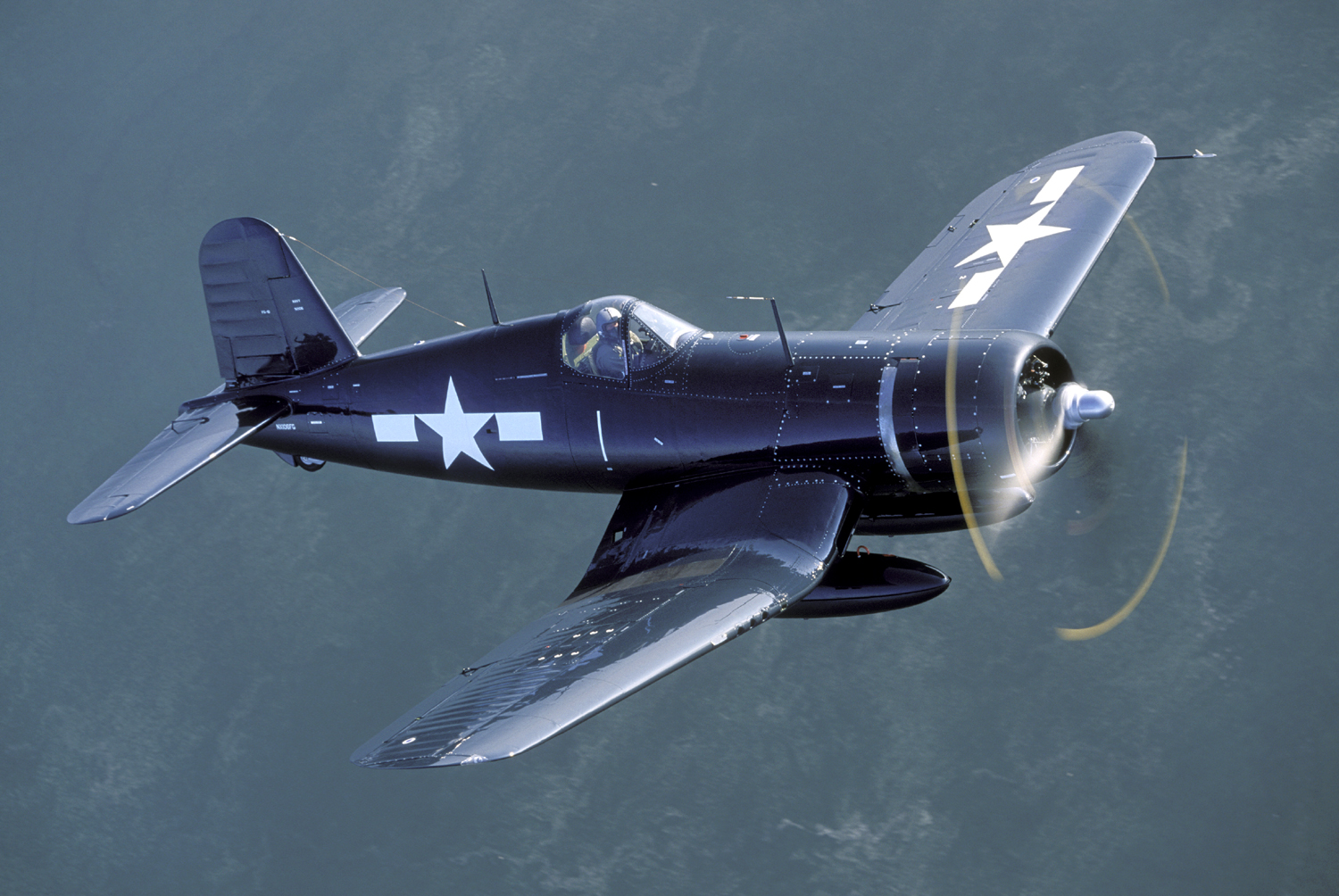
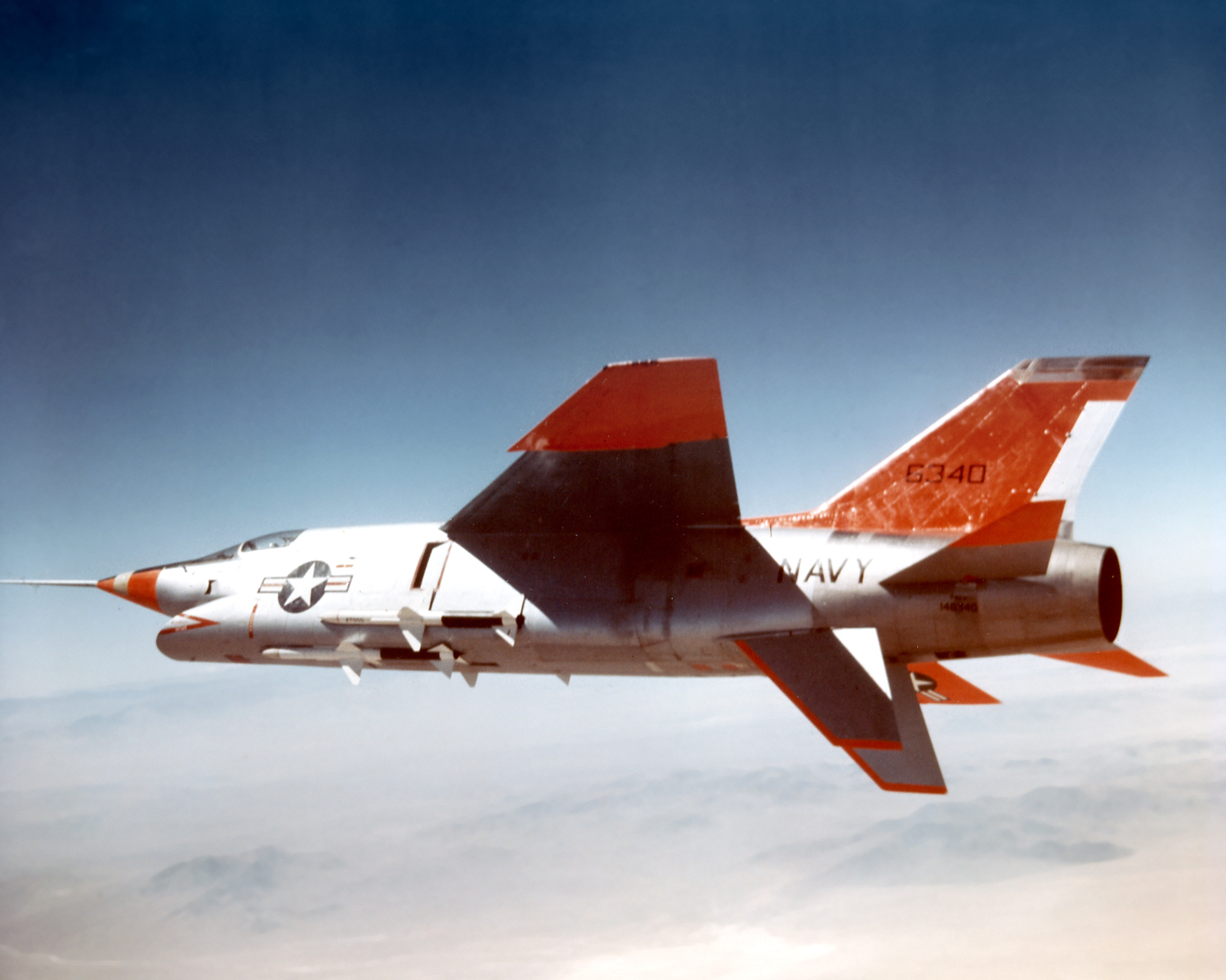
Building your own airplane (by Chris Pratt)
I have been enamored with sport aviation far as back as I can remember. I attended the Oshkosh fly-in (now Airventure) for amateur builders as far back as 1972. When I saw a photo of a new Vans RV-3 on the cover of the December 1973 issue of Air Progress I told myself, “Someday, I’m going to build one”. Little did I know how much life would get in the way, and it wasn’t until 1999 that I was actually in a position to start building my dream.
It’s not as though I had any training at aircraft building, I didn’t even have any tools. But I did have desire, determination and a few friends who I could call on for advice when the need arose. So I boldly ordered the plans and the tail kit for a Vans RV-8 and the adventure began. “Kit” is not an appropriate term for what the build experience is like – it’s not as though you get a Revell plastic kit that snaps together. Not even close.
The intent of the homebuilt rules established by the Federal Aviation Administration are basically to use the building experience as an educational exercise. And you will become educated – in how to read blueprints, use tools you never knew existed, work with a variety of materials such as fiberglass and sheet metal depending on what you are building, learn about engines and avionics and wiring, etc.
It was without a doubt one of the most frustrating, humbling and ultimately rewarding things I have ever done in my life. Spending 6 ½ years in my garage on weekends and evenings, figuring out how to do things I’d never done before, reaching out to new people for help when I was stuck – were all very stimulating and, quite frankly, confidence-building events in my life.
If you have any inkling to do this, you can. I did. There’s nothing like the feeling you get the first time you fly an aircraft you built yourself to Oshkosh to commune with fellow builders. I did that in 2005. Today, some 11 years later, I continue to fly my dream machine. I love the experience more each time I fly and can’t wait to go back and fly again.
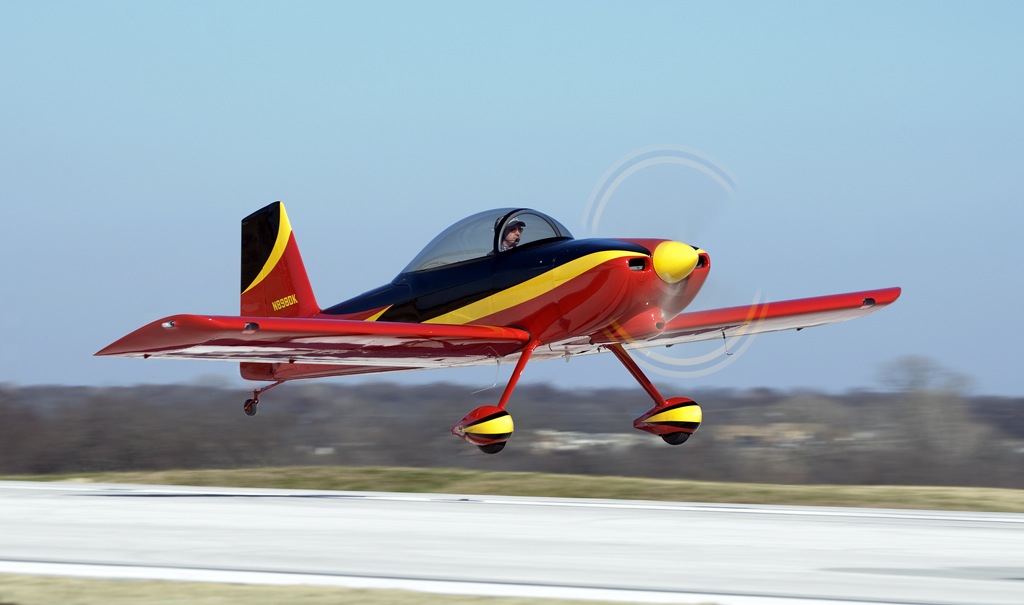
“Flying” the space shuttle simulator at Johnson Space Center, NASA (by Abbie Ryan)
In the summer of 2008, while working with NASA Johnson Space Center’s Propulsion and Power Division as an intern, I was afforded an opportunity to train like an astronaut in JSC’s Motion-based Shuttle Simulator. Inside the simulator is a high-fidelity flight deck mock up, complete with all the buttons and switches an astronaut crew would see inside their real vehicles. These simulators are used to prepare astronauts for the vibrations and experience of a launch (minus the few extra G’s that only supersonic travel can give you) while also giving them practice with simulated landings during off-nominal procedures. The crew can speak to Mission Control from the vehicle, so the entire team can participate in simulations of nearly any kind of launch and landing malfunction.
My visit to the MSS began with a quick photo shoot in the commander’s chair while a facility employee explained all the ways in which astronauts train in the simulator. Once we had gotten a quick safety briefing and strapped in, our simulator began to tilt backwards so that we were facing upwards, as the crew does when the space shuttle is in its launch configuration.
The windows of the MSS were equipped with TVs that displayed views of the launch pad at Kennedy Space Center, as an astronaut would see them out of the real shuttle’s windows. A launch countdown played and the simulator began to rumble as the main engines ignited. At T-0, I felt a big jolt that told me the solid rocket boosters had been ignited and that I’d be headed to “space”. The views out the windows changed as we climbed up the launch tower and sped through the sky. After about two minutes, I felt another jolt as the SRBs fell off and our ride became a lot smoother after that. After another few minutes of the skies darkening out our window, the external tank also fell off, denoting that we had arrived in space.
Of course, landing back on earth is a whole other matter, and something for which the astronauts train for hours and hours. I had a couple quick moments of briefing before it was my turn to try and land the space shuttle. Utilizing some guiding diamonds on a screen in front of me, and my foot pedals and hand control, I eased the shuttle back to earth, completing a flare procedure to slow me down a bit before touching down on the runway.
After exiting the simulator, I was given a print out of my landing stats and was pleased to see I had landed the shuttle just one foot off the centerline! The facility lead said it was one of the best first landing attempts by a non-pilot he had seen (though I had the sneaking suspicion they say that to all the interns).
With the space shuttle retirement in 2011, I’ll certainly never get to sit on top of some actual SRBs on a KSC launch pad, but this was a pretty high fidelity way to say I was an astronaut for a few minutes – well, at the very least, I *trained* like an astronaut for a few minutes.
